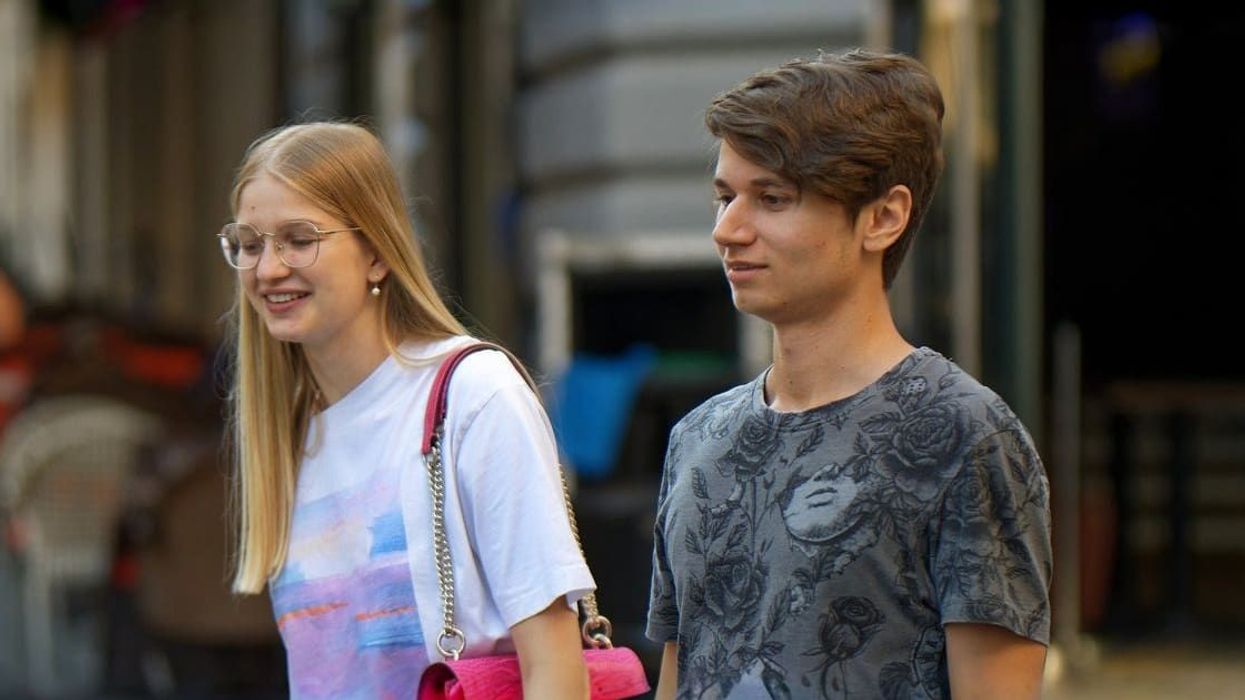When we started Design Impact in 2009, we knew we wanted to use the creative process of design to make a difference. Like many others, we were passionate about design’s ability to work outside of its traditional business confines and address basic human needs. Wondering where to begin our work, we started by asking the following question: Who’s working on the world’s toughest problems, and how can we partner with them? Time and time again, we ran into the same answer: nonprofit organizations. So we set out on a path to develop design-based partnerships with nonprofits.
From then until now, we've partnered with multiple organizations to embed design thinking into their programs and co-design life-changing solutions. We’ve worked on projects like smokeless stoves, nutritional supplements for malnourished children, improved health services for women, and income generation for survivors of domestic violence.
Some of these partnerships went gangbusters. Some, not so much. Some involved inefficient use of time and energy. Some went more smoothly than expected. While we discovered no magic formula and experienced unique hurdles with every project and organization, we noticed certain patterns emerging. For example, designers and nonprofits each have their own language.
Designers use words like prototyping, end-users, IXD, insights, human-centered, and DESIGN. Nonprofits throw around terms like donor advised funds, mission, 501(c)3, grants payable, and outcomes. While either could probably guess the meaning of the other’s terms, they often don’t understand the complex processes behind them. This can slow progress.
This learning, along with many others, taught us important steps to learn, avoid, look for, prioritize, and consider when partnering with nonprofits.
By studying the work of other social designers and getting feedback from friends in the field, we also learned that we are not the only ones on this path. Partnering with nonprofits, in at least some capacity, is something most social designers must do in order to implement projects, research potential solutions, or get feedback.
With support from the Tarsadia Foundation, we decided to put these learnings into a workbook-of-sorts called Design and the Social Sector: A Guide to Partnering. The purpose of the guide is to bridge the gap between designers and nonprofits, making partnerships as successful as possible. In addition, the guide offers useful tips for those designers who want to use their skills to partner with a non-profit but don’t know where or how to begin.
Inside the guide are useful "how-tos," such as identifying a specific opportunity space, defining an ideal partner, and communicating your value and strength as a designer.
As the social design movement grows from a small number of folks to a swelling force of creative changemakers, we hope that this guide, in some small part, can help ease the barrier between sectors and support designers that aim to make the world a better place. Let us know how you use it at kate@d-impact.org.
Download the guide here.
Images courtesy of Design Impact
















 Otis knew before they did.
Otis knew before they did.